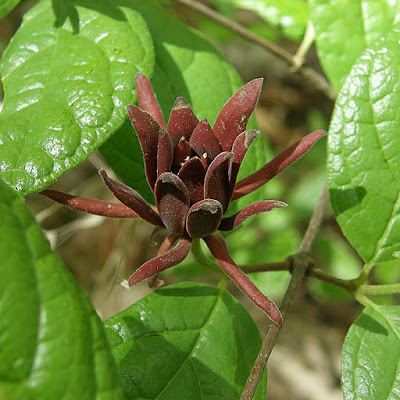June
23rd. We’ve had almost 28 inches of rain this year; more than half
our annual rainfall during a good year. The moisture has brought out some
surprises, and this was one.
I
was walking my usual trail. There’s an area where eastern fence lizards and
anoles seem to gather in the spring. For some reason, I keep an eye on this
short section of trail throughout the year, even after the lizards have
disappeared for the season.
So…
On this morning as I walked along, it was a…
shape
‘that didn’t fit’ that caught my attention. I knew immediately what it was:
Pinesap (Monotropa hypopitys).
Although I knew what it was, it was hard to believe that it was flowering here.
A
closer view from the trail.
This
is one of those occasions when I lie in the leaf litter to get better photos of
the plant.
It
was blooming at the base of a relatively steep slope in a predominantly
hardwood forest.
Close-up
views of the flowers.
I
went back few days later to see if the stems had darkened at all.
They
hadn’t.
These
flowers were pale, which is typical of flowers early season flowers. Later in
the year, the stalks would be red and the flowers a slightly deeper yellow with
reddish tints on the flowers.
Monotropa hypopitys is distributed widely in
North America. The plants are pale because they don’t produce chlorophyll; they
obtain nutrients though mycorrhizal fungi with micorrhizal association with tree roots.
I’ve
walked this trail for several years and know many individual plants by name.
I’ve never seen Pinesap in this park before, which I why I believe the rainfall
we’ve had this year is responsible for its blooming this year by providing good conditions for growth of the mycorrhzal fungus that feeds the plant. This particular
location gets morning sun, but is shaded by large oak trees with a healthy
layer of leaf litter. It is similar to other areas where I’ve seen Pinesap
later in the season.
References:
- Native
and Naturalized Plants of the Carolinas and Georgia: Monotropa hypopitys (Pinesap)
- Tom
Volk’s ‘Fungus’ of the Month, October 2002. Monotropa uniflora (Ghost Plant, Indian
Pipe)
- USDA
Plant Database: Monotropa hypopitys







































